Mini PT IP 2 Megapixel / Lente 2 mm / 10 mts IR / WiFi / Compatible con Hik-Connect / Uso Residencial / Audio de Dos Vías / Memoria Micro SD
Características principales:
- Resolución máxima: 2 Megapixel (1920 x 1080).
- Iluminación mínima: color 0.028 Lux @ (F2.0, AGC ON).
- Iluminación mínima: B/N 0 Lux con IR.
- Día / Noche Real (filtro ICR).
- Distancia focal: 2.0 mm (ángulo de apertura 136º).
- Distancia de infrarrojo: 10 mts Smart IR.
- Funciones normales: dWDR / 3D-DNR.
- Compresión: H.265+ / H.265 / H.264+ / H.264.
- Compatible con la plataforma de Hik-Connect.
- Soporta memoria micro SD de hasta 256 GB (no incluida)
- Soporta conexión WiFi.
Características Físicas y Eléctricas:
- Alimentación: 5 VCD / 8 W.
- Temperatura de operación: -10°C a 40°C / Humedad al 95% máximo.
- Uso en interior.
- Dimensiones: 87.5 x 120.9 mm
- Material de plástico.
- Peso: 295 gramos.
- Garantía: 1 año.
Características Destacadas:
- Main Stream: 30 fps @(1920 x 1080 / 1280 x 720).
- Sub Stream: 30 fps @(640 x 360).
- Soporta hasta 6 usuarios simultáneos.
- Entradas de alarma: N/A
- Salidas de alarma: N/A.
- Entradas de audio: 1 micrófono Inter construida
- Salidas de audio: 1 bocina Inter construida.
- Puerto de red: 1 (10 / 100 Mbps ).
- Soporta Onvif Profile S – G / ISAPI.
Nota: La cámara viene activa con usuario «admin» y contraseña «admin+código de verificación», el código viene en la etiqueta de la cámara. (ejemplo: adminQAZWSX)

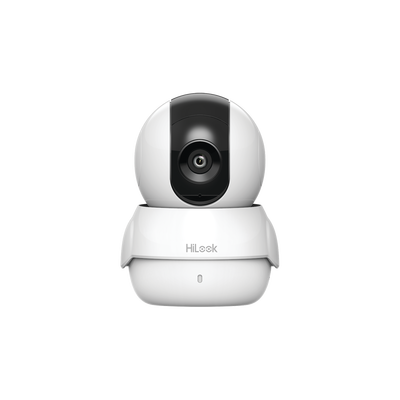
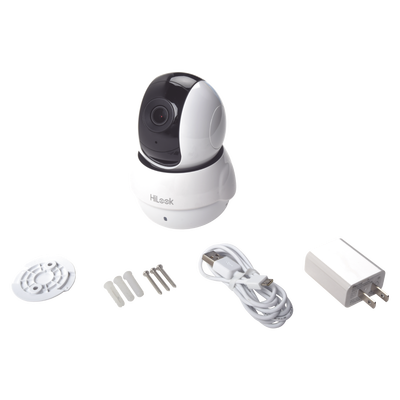


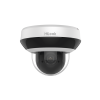













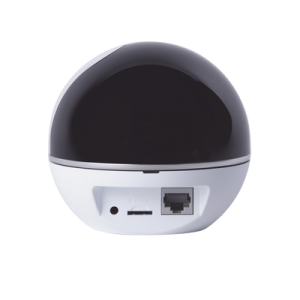

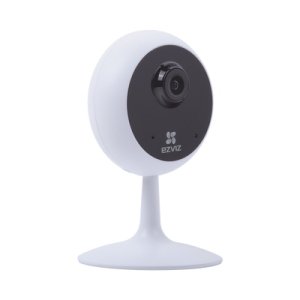

how long does it take to get over steroid withdrawal? –
Psychedelic Drugs: New PTSD Treatment For Ukraine’s
Military Vets
Psychedelic Drugs: New PTSD Treatment For Ukraines Military Vets
In recent months, a groundbreaking approach to treating post-traumatic stress
disorder (PTSD) among Ukrainian military veterans has gained attention. Psychedelic drugs, once stigmatized and largely
ignored by mainstream medicine, are now being explored as potential tools in the fight against PTSD.
The connection between these substances and mental health treatment has been slow to gain acceptance, but new research and real-world
applications are beginning to change perceptions.
The war in Ukraine has left thousands of soldiers and veterans grappling with PTSD, a condition marked by feelings of numbness, emotional detachment, and
heightened stress responses. Traditional treatments, such
as cognitive-behavioral therapy (CBT) and medication, have helped
many, but recent studies suggest that psychedelics might offer new avenues for healing.
Early trials indicate that compounds like psilocybin and MDMA
could reduce symptoms of PTSD by altering brain connectivity and fostering a more positive emotional state.
One of the most promising developments is the collaboration between Ukrainian psychiatrists and international researchers.
A small pilot study in Kyiv involved veterans with severe PTSD being administered controlled doses of psilocybin. The results, while preliminary, showed significant reductions
in anxiety and intrusive memories among participants.
«This is not about recreational use,» explained one researcher.
«It’s about harnessing the therapeutic potential of these substances in a controlled medical setting.»
The economic implications of this approach are multifaceted.
While treatment costs using psychedelics may initially appear high,
they could be offset by reduced long-term healthcare expenses
and increased productivity among veterans. Governments and organizations are beginning to allocate funds for
research and implementation, recognizing the potential societal benefits.
Another critical factor is public perception and cultural acceptance.
In many societies, psychedelics carry a stigma rooted in their historical use as recreational drugs.
However, as scientific evidence mounts, public opinion is slowly shifting.
Advocacy groups and mental health organizations are working to
disseminate accurate information about the medical applications of these substances.
From an analytical perspective, the integration of psychedelics into PTSD
treatment aligns with broader trends in mental health care.
There is a growing recognition that traditional approaches
may not be sufficient for all patients, especially those experiencing chronic and complex trauma.
Psychedelics offer a novel way to address the root causes of
PTSD by influencing brain plasticity and emotional processing.
Opinions on this issue vary widely. Some experts
caution against over-optimism, emphasizing the need for further research and rigorous regulation to ensure safety and efficacy.
Others argue that the potential benefits far outweigh the risks, given the profound impact
PTSD has on individuals and society.
In conclusion, the use of psychedelics as a treatment
for PTSD among Ukrainian military veterans represents a bold and promising step forward.
While challenges remain, the evidence suggests that this approach could offer new hope to those suffering from the enduring
effects of trauma. As research continues and public understanding grows, we may see a more inclusive and effective landscape in mental health care.
Also visit my webpage; how long does it take to get over steroid withdrawal?
Ima Stinchcomb –
I was very pleased to find this web-site.I wanted to thanks for your time for this wonderful read!! I definitely enjoying every little bit of it and I have you bookmarked to check out new stuff you blog post.
http://www.tlovertonet.com/
tlover tonet –
Some really prize blog posts on this web site, saved to favorites.
http://www.tlovertonet.com/
bodybuilders who don’t use steroids –
70918248
References:
bodybuilders who don’t use steroids